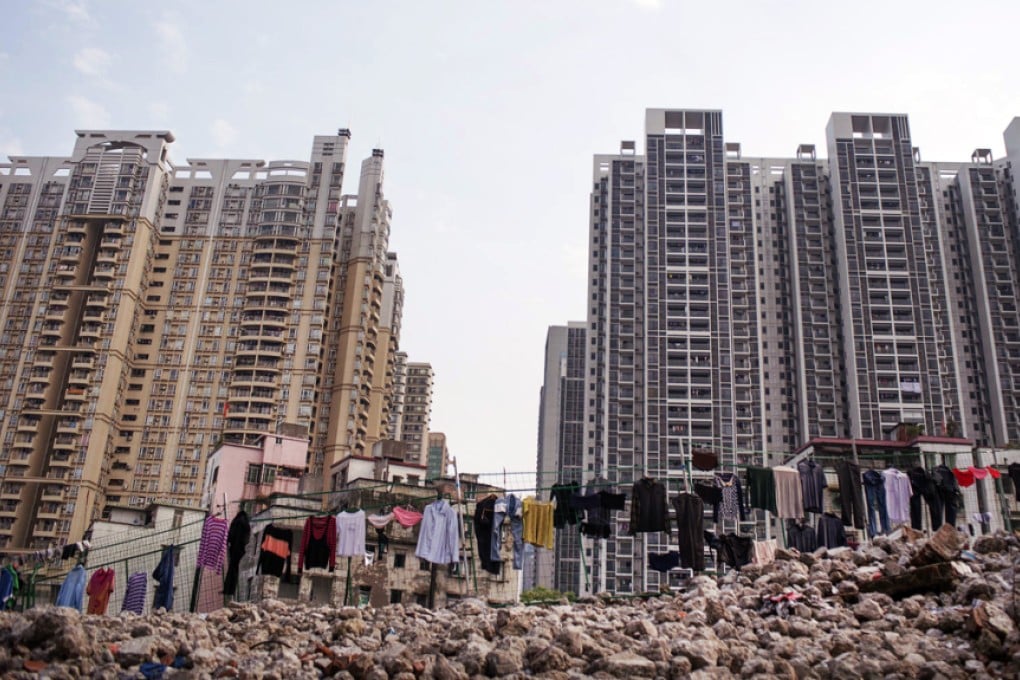Goodbye old Canton: Guangzhou is booming, but at what cost to the people who live there?
As tower blocks replace its villages, Guangzhou has become unrecognisable to many locals. But is the flood of development worth it, asks Thomas Bird

It's hard to miss the Canton Tower. At 600 metres, it stands high above Guangzhou and represents all that is new in ol' Canton.
After an ear-popping ascent, one can savour macarons at the Lutece French revolving restaurant and, from the world's second-highest observation deck, look out over Guangdong Museum and Guangdong Science Centre, both of which were built within the past decade. If you look hard enough (and if the city's pervasive smog has desisted), you might even see the 53-metre tall, Ming-dynasty Chigang Pagoda, which is indicative of how towers looked before the mainland opened up to the world.
Chigang is one of three fung shui steeples scattered around the Pearl River that were intended to bring fortune to the people of the city. Canton Tower, by contrast, advocates the religion of modernity, as evidenced in the Science and Technology Marvel Tour Hall, on the 109th and 110th floors.
To locals, the latticed structure caressing the tower's core resembles an idealised female physique, especially when the pink and purple illuminations are switched on at night. To the more cynical, the tower is a phallic expression of the extraordinary wealth this manufacturing centre has generated in the decades since the mainland embraced economic reform, which began here, in Guangdong province, in 1979.
one Guangzhou, now there are several," says An Ge, a Dalian-born, award-winning photographer.
He lives on the seventh floor of a boxy, 1990s apartment block in the increasingly upmarket Tianhe district. There are no lifts, which might account for the sexagenarian's slim physique.
"I can remember when Tianhe used to be fields and villages. Now it's totally urban and everyone around here hails from other provinces.